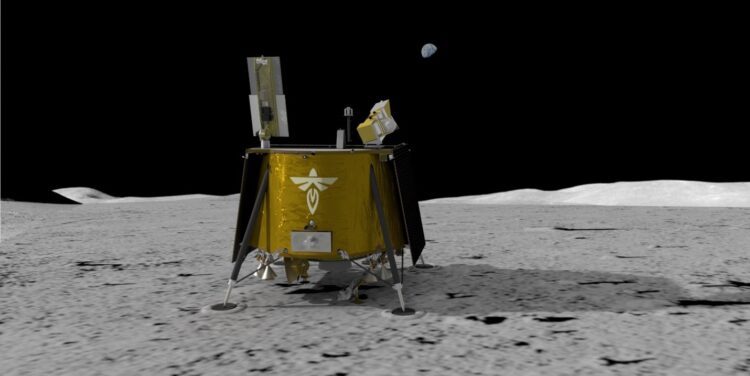
Lunar exploration technology takes a step forward with the Lunar GNSS Receiver Experiment (LuGRE), an innovative instrument developed in Italy that will be sent to the Moon in 2024 on board the Blue Ghost 19D mission.
The receiver’s flight model has been formally delivered by the Italian Space Agency (ASI) and NASA to the US company Firefly, responsible for the development of the lander that will take the Italian instrument, developed by the Vicenza-based company Qascom, to the lunar surface.
LuGRE will have to demonstrate the ability to receive Global Navigation Satellite System signals and send them back to the ground, with a view to supporting the development of GNSS receivers specific to lunar use in the future. Specifically, the instrument will use signals from the GPS and Galileo constellations during the transfer to the Moon and in the phase following the landing.
The innovative receiver will test positioning with these two satellite systems over 200,000 km away, which is of great significance since there is no precedent for using Galileo signals to determine the position of a spacecraft beyond Earth orbit. The weak satellite signals will be processed with specific and complex algorithms. The data collected and processed during the mission will be made available to the scientific community for research in lunar and cislunar environments.
LuGRE was chosen for the Blue Ghost 19D mission along with 9 other science and technology experiments as part of the NASA Commercial Lunar Payload Services (CLPS) programme.

